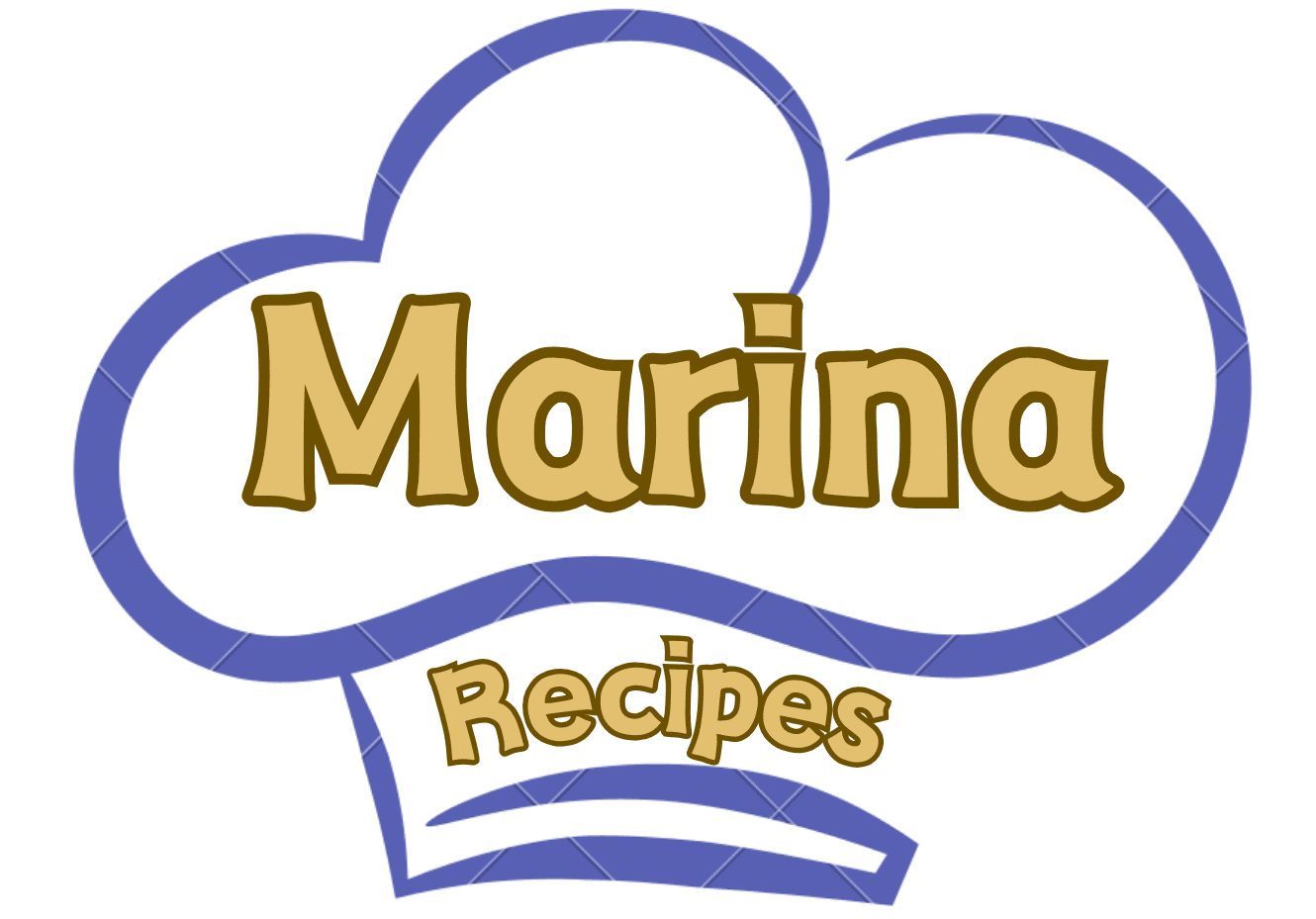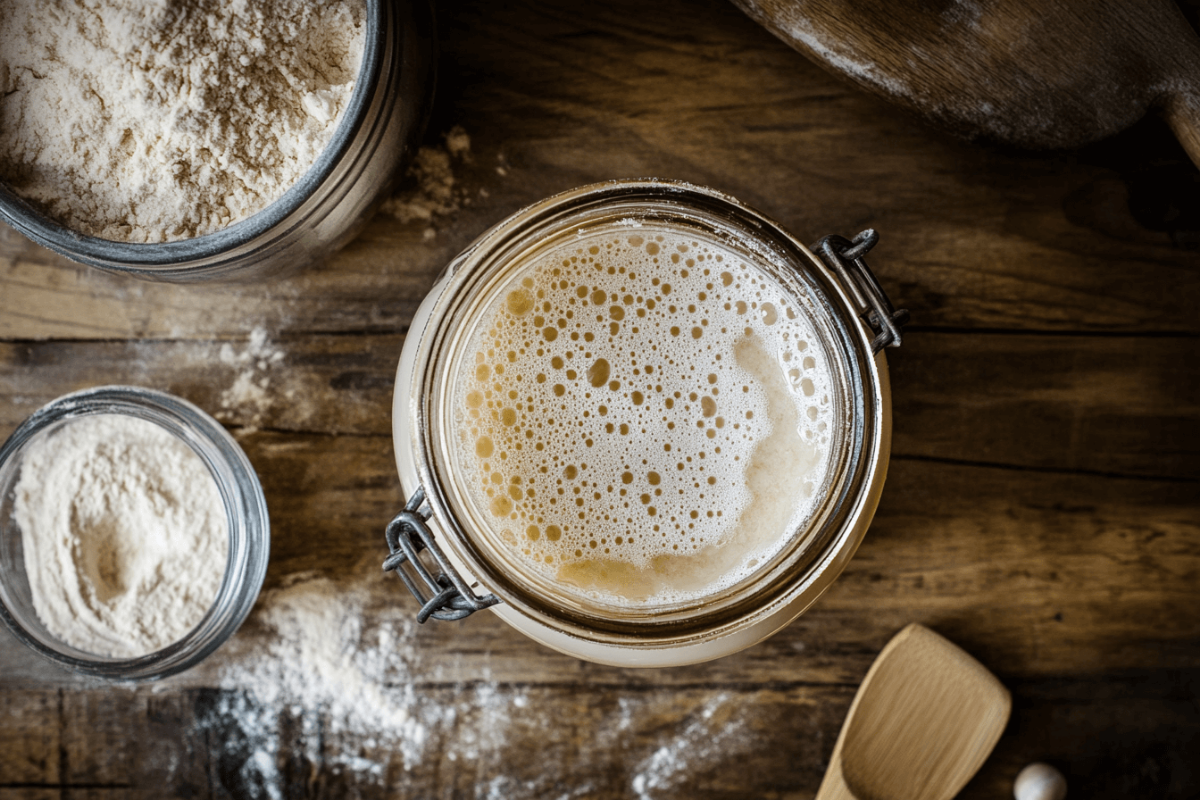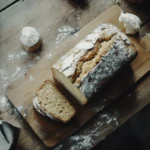Baking bread or other leavened delights without store-bought yeast might sound like an impossible task, but it’s entirely achievable. If you’ve ever found yourself staring at an empty jar of this essential ingredient, you’ve probably wondered, “Can you make yeast without it?” The good news is, yes, you can! This article will guide you through understanding natural fermentation, exploring alternative methods, and even creating your own homemade starter.
Let’s dive in and uncover the secrets of baking without commercial leavening agents! 🍞✨
Table of contents
Understanding Yeast and Its Role in Baking
What is Yeast and How Does it Work?
At its core, this ingredient is a tiny living organism that plays a huge role in baking. When mixed with flour, water, and sugar, it creates air pockets, giving bread its fluffy texture.
Most bakers rely on packaged varieties, such as active dry or instant yeast, for their consistency and ease of use. However, natural cultures—present in the air and on certain fruits—can also be used effectively.
When someone asks if it’s possible to bake without a store-bought leavening agent, the answer is absolutely yes. There are several creative methods to achieve the same effect.
How Yeast Affects Bread Texture and Flavor
Yeast is responsible for the soft crumb and airy structure of bread. As it works through the dough, it creates tiny bubbles that allow the mixture to expand and become light and fluffy. Without yeast, bread can turn out dense and heavy, which isn’t ideal for most recipes.
Beyond texture, yeast also influences the final taste of baked goods. Natural yeast alternatives, like sourdough starters or fruit-based mixtures, often add a unique richness and complexity to bread that commercial yeast doesn’t always deliver.
Why Would You Want to Make Yeast Without Yeast?
You might find yourself asking this question for several reasons:
Tradition: Many traditional bread recipes rely on naturally developed yeast instead of modern alternatives.
Availability: Store-bought yeast isn’t always easy to find, especially during shortages.
Flavor Preference: Natural yeast methods often produce bread with deeper, more interesting flavors.
DIY Adventure: Making a yeast substitute from scratch is an enjoyable and satisfying kitchen project.
Natural Ways to Make Bread Rise Without Store-Bought Yeast
Using Wild Cultures from the Environment
When looking for alternatives, one of the most reliable options lies in wild cultures. These microscopic organisms are naturally present in the air, on flour, and even on fruit skins. With the right conditions, they can be cultivated into an effective leavening mixture.
- Flour and Water Starter: Mix equal parts flour and water in a jar and leave it uncovered for a few hours. Natural cultures will settle and begin the fermentation process.
- Fruit-Based Starters: Grapes, raisins, or dates contain natural cultures. Soaking them in water and combining the liquid with flour creates an active mixture ready for baking.
Though it may take a few days, once bubbles form and a tangy smell develops, your homemade starter is ready to leaven dough.
Creating a Starter with Flour and Water
A simple flour-and-water mixture is one of the most reliable methods when you need an alternative to commercial options.
How to Make It:
- Mix 1 cup of flour with ½ cup of water in a clean jar.
- Stir until smooth and cover loosely with a breathable cloth.
- Leave it at room temperature and stir daily.
- Feed it with equal parts flour and water every day.
After a few days, bubbles will start to appear, and a slightly sour aroma will develop. This homemade starter is now ready for use in bread recipes.
Fermented Fruits and Vegetables as Leavening Sources
Another creative solution involves using fermented fruits or vegetables to kickstart the process.
- Grapes or Raisins: Soak them in water for a few days until bubbles form on the surface.
- Potato Water: Boil potatoes, save the starchy water, and let it cool. The natural sugars in the liquid can activate fermentation.
- Apples or Dates: These fruits have active cultures on their skins and can also serve as effective rising agents.
Though these methods take patience, they offer an exciting way to bake without packaged products.
Step-by-Step Guide to Making a Yeast Starter

Ingredients and Tools You’ll Need
Before getting started, gather these essentials:
- Flour (whole wheat or all-purpose)
- Filtered water (chlorine-free)
- A clean glass jar
- A breathable cover (like cheesecloth)
- A wooden spoon
Day-by-Day Guide for Starter Preparation
Creating a homemade starter takes patience but is simple with daily care.
Day 1: Combine 1 cup of flour and ½ cup of water in a jar. Stir well, cover with a cloth, and leave at room temperature.
Day 2: Stir the mixture and feed it with fresh flour and water.
Day 3–5: Repeat the feeding process daily. Look for bubbles and a tangy aroma.
When the mixture is bubbly and slightly sour-smelling, it’s ready to use.
Signs Your Starter is Ready for Baking
- Bubbles: An active starter will show bubbles on the surface.
- Smell: A mild tangy scent is a sign of success.
- Float Test: Drop a spoonful into water. If it floats, it’s ready to go.
Baking Without Traditional Yeast
Using Baking Powder and Baking Soda as Substitutes
- Baking Powder: This leavening agent contains both an acid (cream of tartar) and a base (baking soda). When mixed with moisture, it creates carbon dioxide, causing the dough to rise.
- Baking Soda + Acid: If you only have baking soda, pair it with an acidic ingredient like lemon juice, yogurt, or vinegar. For every teaspoon of baking soda, add an equal amount of acid to activate it.
These substitutes are perfect for recipes like pancakes, quick breads, or muffins, where a rapid rise is more important than flavor complexity.
For more inspiration on bread alternatives, check out this recipe for No Yeast Dinner Rolls.
Sourdough Starter as a Natural Option
Sourdough starters are another fantastic choice, offering a chewy texture and deep flavor. To see this method in action, try this Sourdough Bread Pudding Recipe.
- Flavor: Sourdough adds a tangy, rich flavor to bread that commercial yeast can’t replicate.
- Rising Power: Though slower, sourdough starter creates a beautiful rise with a chewy texture.
How to Use Sourdough Starter:
- Replace commercial yeast with about 1 cup of active sourdough starter in your bread recipe.
- Adjust the amount of flour and water slightly to maintain the right dough consistency.
Understanding the Texture and Flavor Differences
When swapping traditional yeast for natural or chemical substitutes, you’ll notice some differences:
- Texture: Baking powder and baking soda create a softer crumb, while sourdough produces a chewy texture.
- Flavor: Natural starters like sourdough offer more depth and tanginess.
- Rise Time: Sourdough and wild yeast starters require more time, while baking powder and soda offer quick results.
Understanding these differences helps you choose the right substitute depending on the recipe and desired outcome.
Recipes Using Homemade Yeast Alternatives

Homemade Bread Recipe Without Commercial Yeast
Ingredients:
- 2 cups of flour
- 1 cup of active yeast starter (homemade)
- 1 tsp salt
- 1 cup water
Instructions:
- Mix the starter, water, and flour in a large bowl. Stir until you have a sticky dough.
- Add salt and knead lightly.
- Cover and let it rise for 8–12 hours in a warm spot.
- Preheat the oven to 375°F (190°C).
- Bake for 30–35 minutes or until golden brown.
For classic rolls made the traditional way, you might also enjoy this Old-Fashioned Yeast Rolls Recipe.
Quick Flatbread Recipe Without Yeast
Ingredients:
- 2 cups all-purpose flour
- 1 tsp baking powder
- ½ cup water
- 2 tbsp olive oil
- Pinch of salt
Instructions:
- Combine flour, baking powder, and salt in a bowl.
- Add water and olive oil. Mix until a dough forms.
- Divide the dough into small balls and roll them out.
- Cook on a hot skillet for 1–2 minutes on each side until golden spots appear.
If you’re curious about a unique twist, check out this guide on Yeast Rolls Without Yeast.
Savory Pancakes with Natural Yeast Alternatives
Ingredients:
- 1 cup all-purpose flour
- 1 tsp baking powder
- 1 cup milk or water
- 1 egg
- Pinch of salt
Instructions:
- Mix all the ingredients in a bowl until smooth.
- Heat a non-stick skillet over medium heat.
- Pour small amounts of batter onto the skillet.
- Cook until bubbles form on the surface, then flip and cook the other side.
Frequently Asked Questions (FAQs)
If you’re curious about creating a rising agent from scratch, the good news is it’s entirely possible! The simplest method involves combining just flour and water to create a natural starter.
Mix 1 cup of flour with ½ cup of water in a glass jar.
Stir until smooth and cover with a breathable cloth.
Leave it at room temperature and stir daily.
Feed it with equal parts of flour and water each day.
After about 3–5 days, you’ll notice bubbles forming and a tangy aroma developing—that’s your active starter, ready to use. Alternatively, you can use fruits like grapes or raisins or starchy vegetables such as potatoes to encourage natural fermentation.
If you’re out of traditional leavening ingredients, here are some effective alternatives:
Baking Powder: Use 1 teaspoon per cup of flour.
Baking Soda + Acid: Combine ½ teaspoon of baking soda with 1 tablespoon of lemon juice or vinegar.
Sourdough Starter: A homemade sourdough culture is an excellent alternative.
Each method works differently, but all can help dough rise and deliver satisfying results.
Without a rising agent, bread dough won’t expand properly. The result is typically a dense, chewy, and flat loaf. Those light, airy pockets won’t form because there’s no gas production to create them.
However, certain recipes—like flatbreads, tortillas, or soda bread—are intentionally made without rising agents and still taste delicious.
Creating your own rising culture is simple:
Combine 1 cup of flour and ½ cup of water in a jar.
Stir daily and feed it with equal parts flour and water.
After 3–5 days, the mixture will bubble and have a tangy aroma, indicating it’s ready for use.
Final Thoughts
So, “Can you make yeast without it?” Absolutely! Not only is it possible, but it’s also a fulfilling experience. Whether you’re capturing natural cultures from the air, using fruits like grapes or raisins, or experimenting with a homemade starter, you’re engaging in a timeless baking tradition passed down through generations.
These alternative methods aren’t just quick fixes—they bring unique flavors and a sense of accomplishment to your baking journey. With nothing more than flour, water, and a little patience, you can create bread that’s rich in character, texture, and taste. Each loaf becomes a testament to creativity and the beauty of simple ingredients working together. 🍞✨



